DIAMOND BUYING GUDIE
We go beyond the GIA's 4 Cs, to select the world's most beautiful NATURAL diamonds, the smart way.
UNDERSTANDING THE 4 C's
LEARN MORE
BEYOND THE 4 Cs
Hamish Whiting, founder and GIA Gemologist with HRD Antwerp Diamond Grader certification, goes a GRADE ABOVE™ in his rigorous diamond sourcing process, personally hand-selecting each stone. Drawing on 20 years of diamond buying expertise, his carefully developed strategy ensures our clients receive diamonds that represent both exceptional performance and outstanding value on a global scale.

Diamond Certification
Our diamonds are independently certified by either the GIA, HRD or IGI. In our opinion the GIA is the most accurate gem grading lab in the world. Buying a diamond with a certain grade doesn't guarantee a beautiful diamond which is why having an expert diamond buyer and GIA Gemologist sourcing our diamonds is so important.
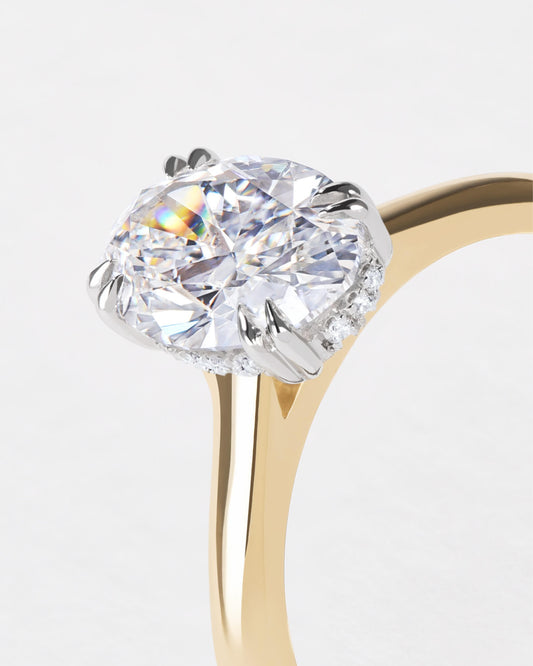
Modern Diamonds
Ethically sourced by our GIA Gemologist directly from diamond Global Sightholder companies, enabling us to trace the diamond rough back to one of the big reputable mining operations. These mining operations go above and beyond internationally recognised labour, trade and environmental standards, providing miners with fair wages and safe working conditions, empowering their communities, and working towards net zero emissions.
Our modern diamonds include top performing white diamonds as well as coloured diamonds (champagne and yellow).
MODERN DIAMOND SHAPES
LEARN MORE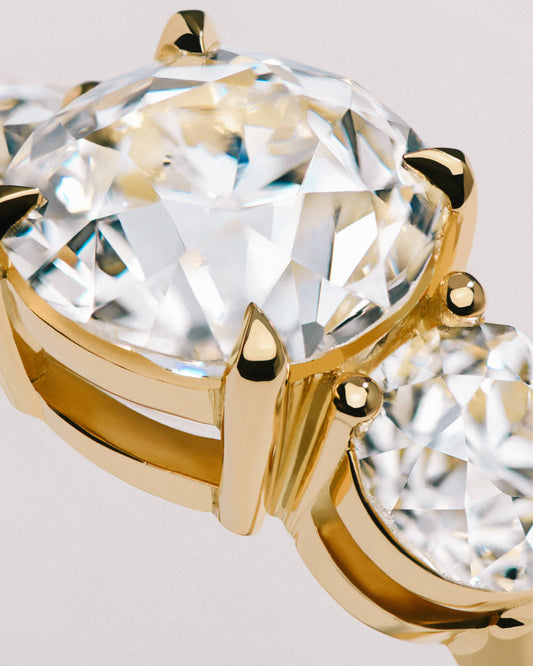
Antique Diamonds
Ethically sourced in person from the Antwerp diamond bourse, our antique diamonds are our most rare collectible gemstones. Genuine antiques, cut by hand in from the 1600’s to 1930’s these spectacular diamonds have a unique charm and character unobtainable in modern day cutting.
ANTIQUE DIAMOND SHAPES
LEARN MORE
GRADE ABOVE™ DIAMOND SOURCING
Hamish Whiting, our Co-Founder and Gemologist, goes a GRADE ABOVE™ the traditional 4C's with his meticulous diamond selection process, setting a new standard in diamond quality. This expert approach ensures only the finest diamonds are chosen for our clients, surpassing conventional grading methods.
EXPERIENCE AND EXPERTISE:
Hamish Whiting is a GIA Gemologist and HRD Antwerp diamond grader. With over 20 years of experience in buying diamonds on the international market, this extensive expertise makes him an intuitive and strategic buyer, ensuring our customers access to the finest diamonds at exceptional value.
ACCESS:
Hamish takes a broad approach, reviewing freshly cut diamonds daily from the major international siteholder companies to select only the top-performing, best-value stones in the world for our customers. Based in Antwerp, the heart of the diamond trade, Hamish is immersed in the industry. His in-depth knowledge of trends, coupled with a unique network, allows him exclusive access to the finest diamonds and the ability to negotiate the best prices.
TOOLS:
A key aspect of Hamish's expertise is his deep, intuitive understanding of diamond buying technology. We use ASET (Angular Spectrum Evaluation Tool) to assess the cut quality of every diamond we purchase. This is crucial, as most diamonds, even those with a GIA Triple Excellent cut grade, are not cut to ideal proportions. ASET light return maps are complex and require significant experience to interpret correctly, ensuring we select only the finest diamonds.
PASSION:
Hamish is a true Gemologist and explorer, he is never resting but always looking for something new whether it be a new diamond buying or cutting technology or a new interesting gem source. He spends hours and hours seeking out the best diamonds and gemstones for our customers with a lot of integrity and pride.
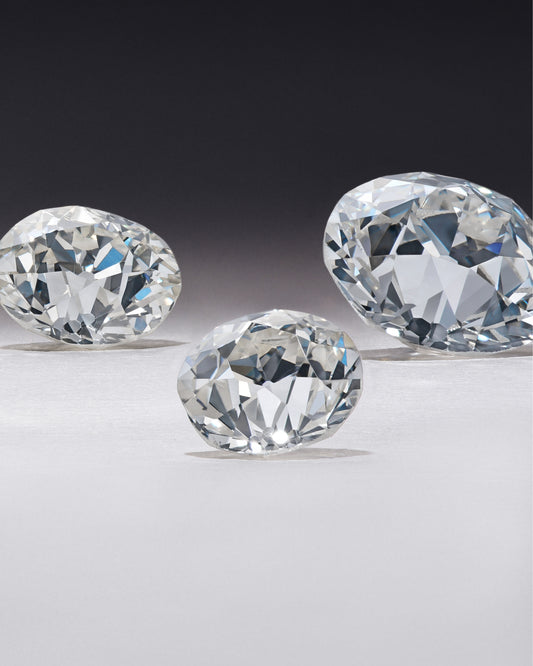
Natural Diamonds
Natural diamonds were created over billions of years deep in the earth's mantle and randomly transported to the earth's surface via volcanic kimberlite pipes. They are a true treasure of the earth's formation and history as well as being the perfect symbolism for forever. Natural diamonds have a stable, slightly fluctuating value. All of the natural diamonds that we buy are ethically sourced from the international diamond sightholders, tracing them back to one of the big diamond mines.
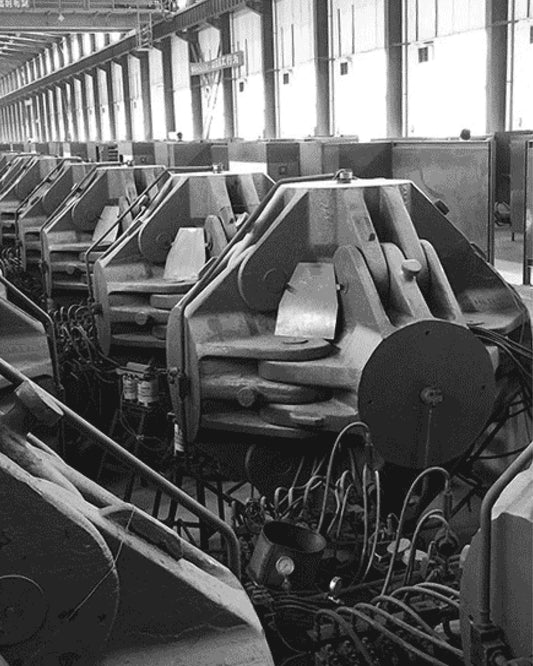
Lab Diamonds
Whilst the same physically and chemically to natural diamonds, lab grown diamonds have a very different value and story. Lab grown diamonds are created in a factory using crystallised carbon taken from the natural diamond mining process and simulating high temperature, high pressure conditions that occur deep in the earth's mantle over millions of years but in a matter of weeks. Because lab grown diamonds are able to be produced on demand the value is unstable in comparison to natural diamonds.
Diamond Rating FAQs
The 4C’s refer to the 4 measured characteristics of a diamond that determine its rarity and value. There are two C’s that affect the beauty of the diamond which are clarity and cut. Clarity is graded by the GIA and if you buy within certain grade parameters you can be guaranteed a diamond with no eye visible inclusions. When it comes to cut, only round diamonds are graded for cut quality by the GIA meaning that for all other shapes there is no incentive for diamond cutters to cut them to ideal proportions. Carat is just the weight of the diamond, not the face up (millimetre) size. The face up size is determined by the proportions of the cut. Colour affects the value but not the beauty of the diamond - that is subjective.
A diamond certification is an independent gemological assessment of a diamond by a grading laboratory. At Cushla Whiting our diamonds are either GIA or HRD certified.
No, which is why it’s imperative to buy diamonds from an experienced and expert diamond buyer. There is a lot of variation within the different grades e.g. not all SI1 diamonds and even VS2 diamonds are eye clean. This is particularly problematic when it comes to cut quality as the GIA does not grade the cut of any diamond other than a round, meaning that you can pay alot for a very rare grade but if it isn't cut well it will have no life and possibly even dark patches.
No, the carat is just the weight of a diamond. The face up, millimetre size is determined by cut proportions and the shape of diamond e.g. a well cut diamond will face up bigger than a diamond that is not well cut.
At CUSHLA WHITING all of our diamonds are sourced with expertise and the utmost care by our GIA Gemologist Hamish Whiting. Buying directly from ethical sources and using buying techniques and knowledge acquired over 20 years of buying, Hamish’s diamonds are the top performing diamonds in the world whilst still representing the best value.
NATURAL DIAMOND RINGS
View all-
Zaha 1.41ctw Diamond Toi Et Moi Engagement Ring
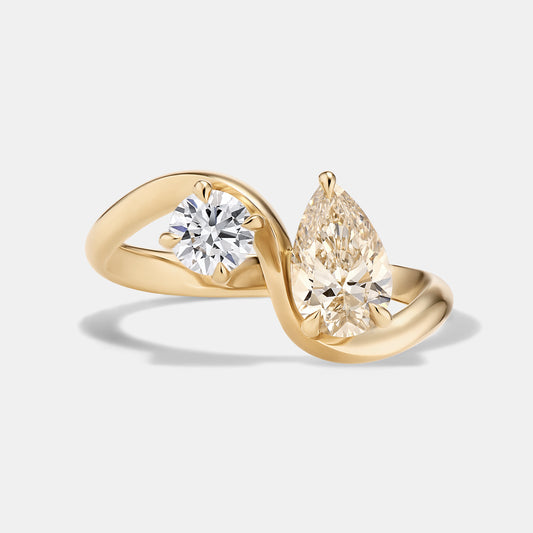 Zaha 1.41ctw Diamond Toi Et Moi Engagement Ring
Zaha 1.41ctw Diamond Toi Et Moi Engagement Ring- Regular price
- $8,800 AUD
- Regular price
-
- Sale price
- $8,800 AUD
- Unit price
- per
Zaha 1.41ctw Diamond Toi Et Moi Engagement Ring Zaha 1.41ctw Diamond Toi Et Moi Engagement Ring
Zaha 1.41ctw Diamond Toi Et Moi Engagement Ring- Regular price
- $8,800 AUD
- Regular price
-
- Sale price
- $8,800 AUD
- Unit price
- per
-
Selene 1.20ct Pear Champagne Diamond Solitaire Engagement Ring
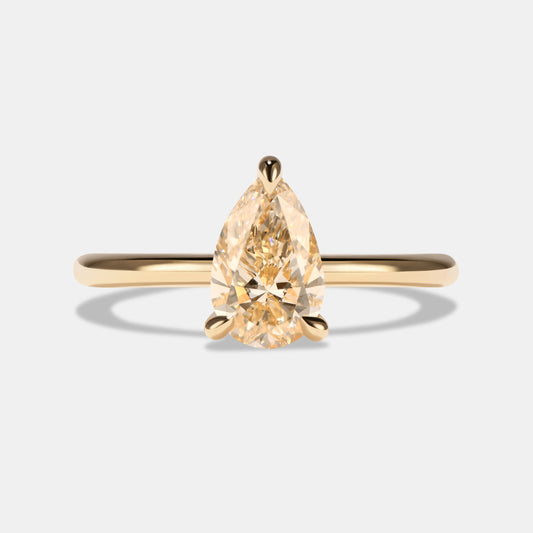 Selene 1.20ct Pear Champagne Diamond Solitaire Engagement Ring
Selene 1.20ct Pear Champagne Diamond Solitaire Engagement Ring- Regular price
- $11,000 AUD
- Regular price
-
- Sale price
- $11,000 AUD
- Unit price
- per
Selene 1.20ct Pear Champagne Diamond Solitaire Engagement Ring Selene 1.20ct Pear Champagne Diamond Solitaire Engagement Ring
Selene 1.20ct Pear Champagne Diamond Solitaire Engagement Ring- Regular price
- $11,000 AUD
- Regular price
-
- Sale price
- $11,000 AUD
- Unit price
- per
-
Selene 1.01ct Emerald Cut Diamond Solitaire Engagement Ring
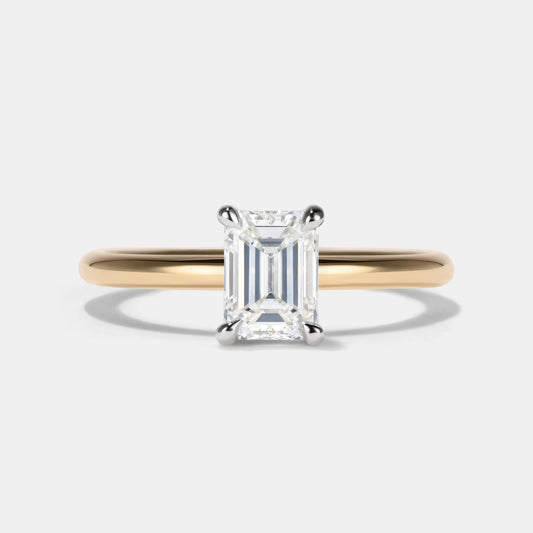 Selene 1.01ct Emerald Cut Diamond Solitaire Engagement Ring
Selene 1.01ct Emerald Cut Diamond Solitaire Engagement Ring- Regular price
- $14,400 AUD
- Regular price
-
- Sale price
- $14,400 AUD
- Unit price
- per
Selene 1.01ct Emerald Cut Diamond Solitaire Engagement Ring Selene 1.01ct Emerald Cut Diamond Solitaire Engagement Ring
Selene 1.01ct Emerald Cut Diamond Solitaire Engagement Ring- Regular price
- $14,400 AUD
- Regular price
-
- Sale price
- $14,400 AUD
- Unit price
- per
-
Selene 1.09ct Round Diamond Solitaire Engagement Ring
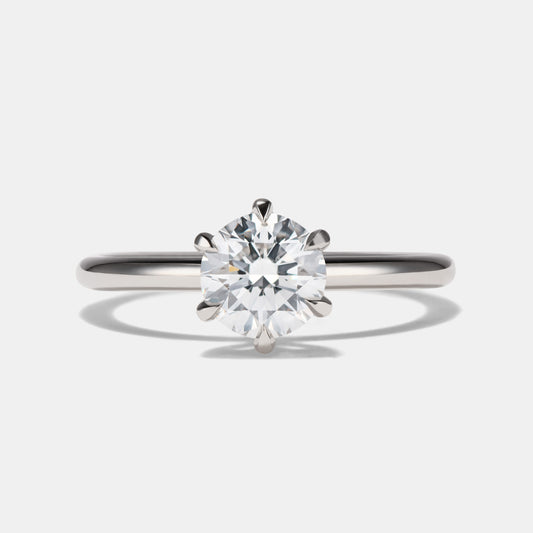 Selene 1.09ct Round Diamond Solitaire Engagement Ring
Selene 1.09ct Round Diamond Solitaire Engagement Ring- Regular price
- $14,400 AUD
- Regular price
-
- Sale price
- $14,400 AUD
- Unit price
- per
Selene 1.09ct Round Diamond Solitaire Engagement Ring Selene 1.09ct Round Diamond Solitaire Engagement Ring
Selene 1.09ct Round Diamond Solitaire Engagement Ring- Regular price
- $14,400 AUD
- Regular price
-
- Sale price
- $14,400 AUD
- Unit price
- per
-
Sofia 1.21ct Emerald Cut Diamond Three Stone Engagement Ring
 Sofia 1.21ct Emerald Cut Diamond Three Stone Engagement Ring
Sofia 1.21ct Emerald Cut Diamond Three Stone Engagement Ring- Regular price
- $15,900 AUD
- Regular price
-
- Sale price
- $15,900 AUD
- Unit price
- per
Sofia 1.21ct Emerald Cut Diamond Three Stone Engagement Ring Sofia 1.21ct Emerald Cut Diamond Three Stone Engagement Ring
Sofia 1.21ct Emerald Cut Diamond Three Stone Engagement Ring- Regular price
- $15,900 AUD
- Regular price
-
- Sale price
- $15,900 AUD
- Unit price
- per
-
Mies 1.01ct La Cush™ Radiant Diamond Solitaire Engagement Ring
 Mies 1.01ct La Cush™ Radiant Diamond Solitaire Engagement Ring
Mies 1.01ct La Cush™ Radiant Diamond Solitaire Engagement Ring- Regular price
- $11,900 AUD
- Regular price
-
- Sale price
- $11,900 AUD
- Unit price
- per
Mies 1.01ct La Cush™ Radiant Diamond Solitaire Engagement Ring Mies 1.01ct La Cush™ Radiant Diamond Solitaire Engagement Ring
Mies 1.01ct La Cush™ Radiant Diamond Solitaire Engagement Ring- Regular price
- $11,900 AUD
- Regular price
-
- Sale price
- $11,900 AUD
- Unit price
- per
-
Contours Wrap 1.01ct Pear Diamond Solitaire Engagement Ring
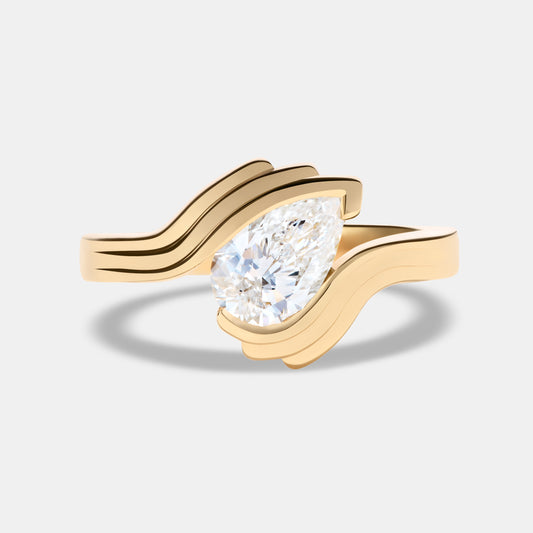 Contours Wrap 1.01ct Pear Diamond Solitaire Engagement Ring
Contours Wrap 1.01ct Pear Diamond Solitaire Engagement Ring- Regular price
- $13,700 AUD
- Regular price
-
- Sale price
- $13,700 AUD
- Unit price
- per
Contours Wrap 1.01ct Pear Diamond Solitaire Engagement Ring Contours Wrap 1.01ct Pear Diamond Solitaire Engagement Ring
Contours Wrap 1.01ct Pear Diamond Solitaire Engagement Ring- Regular price
- $13,700 AUD
- Regular price
-
- Sale price
- $13,700 AUD
- Unit price
- per
-
Iman 1.30ct Emerald Cut Diamond Solitaire Engagement Ring
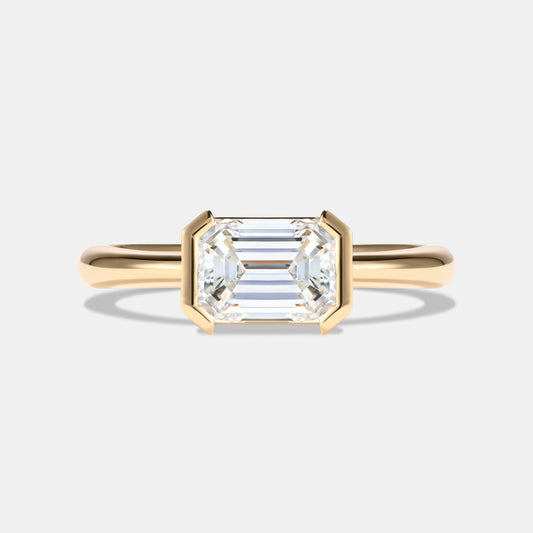 Iman 1.30ct Emerald Cut Diamond Solitaire Engagement Ring
Iman 1.30ct Emerald Cut Diamond Solitaire Engagement Ring- Regular price
- $14,000 AUD
- Regular price
-
- Sale price
- $14,000 AUD
- Unit price
- per
Iman 1.30ct Emerald Cut Diamond Solitaire Engagement Ring Iman 1.30ct Emerald Cut Diamond Solitaire Engagement Ring
Iman 1.30ct Emerald Cut Diamond Solitaire Engagement Ring- Regular price
- $14,000 AUD
- Regular price
-
- Sale price
- $14,000 AUD
- Unit price
- per







